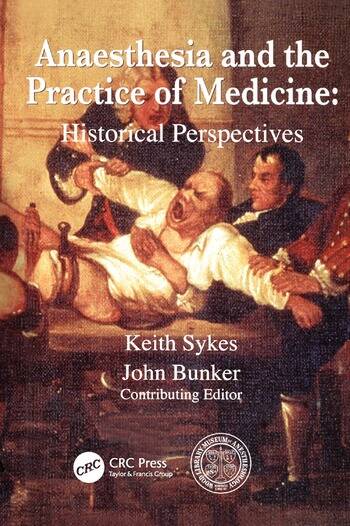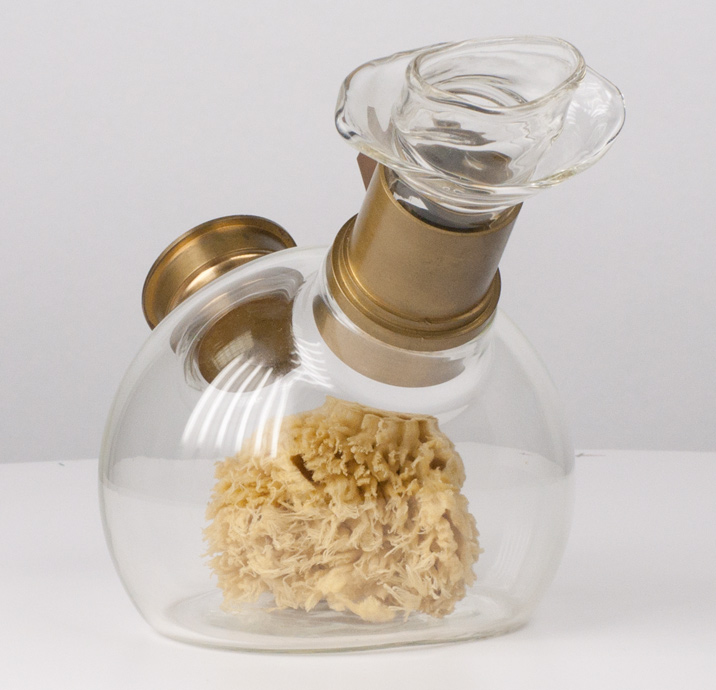
Anaesthesia and the Practice of Medicine
Historical Perspectives
Keith Sykes & John Bunker
2011
To those of us who’ve begun to dip our toes in the history of anaesthesia, the sordid days of ether frolicks, feuds, and misadventures in dental extractions are rather familiar. Involvement in the early phase of inhalation anaesthesia seems to have carried with it an astonishing self-inflicted mortality rate. However, what I’ve enjoyed most about Anaesthesia and the Practice of Medicine: Historical Perspectives, is about what happens next.
Anaesthesia has developed considerably since its discovery, and the days of pippetting chloroform onto cloth masks or huffing anaesthetic-laden sponges are fortunately behind us. However, many of the core features of modern anaesthesia are remarkably recent.

A Morton Inhaler. The sponge is soaked in ether, with the patient encouraged to breathe from the mouthpiece. Credit: Wood Library Museum of Anesthesiology
The modern general anaesthetic1 relies on a tetrad of technologies, namely intravenous agents, endotracheal intubation, paralysis, and positive pressure ventilation. However, they didn’t all come into practice contemporaneously.
For example, endo-tracheal intubation was practiced before the introduction of paralytics, therefore induction was a more prolonged process, as a deeper depth of anaesthesia would have to be reached to obtund the airway reflexes. Furthermore, mechanical positive pressure ventilation only really developed following polio epidemics in the 1950s. Prior to this, supplemental ventilation would be achieved by manually compressing a reservoir bag if required.
Sykes and Bunker also detail the professionalisation of anaesthesia, from the foundation of the royal college, to the beginning of academic departments of anaesthetics, and the divide between American and British practices. One of the striking features is just how young the profession of anaesthesia is, and that for a considerable period anaesthesia was just something that one did on the side, and not a career or distinct discipline.
Overall, I thoroughly recommend Anaesthesia and the Practice of Medicine to anyone interested in the history of modern anaesthesia. I would also highly advise a trip to the Anaesthesia Heritage Centre after reading, which has examples of the torture-equipment-turned-anaesthetic apparatus mentioned in the book.
-
In actuality, there are more ways to give an anaesthetic that to skin a cat, here I’m talking about the standard way we would give an anaesthetic, say for an emergency appendicectomy. There exists a whole spectrum from regional anaesthetics, to sedation, to general anaesthetics that I won’t get into here. ↩︎